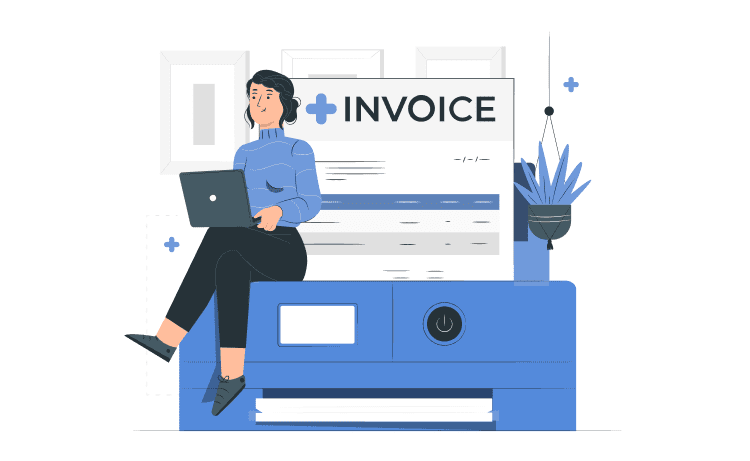
Electronic medical billing: steps and insights



This is a short guide on the process of electronic medical billing. Here is the definition of it, the claim submission process description, and our thoughts on how to make safe and reliable software for it.
Content
Electronic Medical Billing is the process of electronically submitting and following up on claims with the health insurance companies in order to receive payments for the services provided by the healthcare providers. Naturally, the most widespread in the USA.
Easy management – paperless operations eliminate the need to manage large amounts of data in hard copy format.
Automation of the process – EHR in the medical billing process is of teh essence. The data is automatically linked up with the billing system. It eliminates redundancy and quickly disseminates information to the required modules of EHR.
More accurate reports – Hospital managers can access a wide range of reporting charts and consequently link up the billing to the existing accounting systems.
Cost-effectiveness – Electronic Medical Billing is cheaper than paper-based billing because the electronic records require less space and more convenient as compared to paper-based medical data management.
Focus on patients, customization reduced waiting time as well as keeping updated with all teh medical regulations are also considered as benefits towards it.
Electronic Medical Billing is changing the face of the healthcare industry worldwide. As more and more health professionals use electronic medical billing systems, their chances of receiving timely payments from the patients’ healthcare providers increase.
Providers submit claims to the healthcare insurance companies to get the payment for the services provided. This process is called medical billing in the US healthcare practice. If they use software for this, it is called electronic medical billing.
The whole process, which includes claims, payment, and billing, is also referred to as Revenue Cycle Management. The RCM starts with the first patient visit. After that, the provider needs to assign a five-digit Current Procedural Terminology code to classify the description of the medical procedure. The provider uses a numerical code from either ICD-9-CM or the ICD-10-CM database to describe diagnosis.
The provider sends a claim with codes defined to the payer, insurance company. These codes help the insurance companies determine the coverage required.
The claim is sent as an American National Standards Institute (ANSI) 837 file through Electronic Data Interchange.
Clearinghouses can act as a middleman between healthcare providers and insurance carriers. It checks if a provider’s claim is composed in accordance with ANSIx12 (Electronic Data Interchange standards XML schemas) and passes it further if everything is alright. If not, it makes the front office reject and sends the claim back to the provider.
The insurance company studies the claim and evaluates its payment validity by checking patient eligibility, provider credentials, and medical necessity.
It can either accept the claim and reimburse it or deny and return for improvements via electronic data interchange, Electronic Remittance Advice (ERA).
Upon receiving the denied claim, the provider makes all the necessary improvements, encloses the previous claim, and sends it again to the insurance company.
Such back and forth claim interchange can repeat multiple times. The sum finally paid by the insurance company is called the allowable amount.
Prior to performing services, a provider can check with the insurance company if a patient is eligible for specific services.
This process is similar to the claim submission, known as X12-270 Health Care Eligibility & Benefit Inquiry transaction. The insurance company replies through the direct electronic connection, X12-271 Health Care Eligibility & Benefit Response transaction.
The claim submission process is technically known as X12-837 or ANSI-837. The insurance company replies with X12-997, proving that it has received the claim and accepted it for further processing. The response, both denial and approval, is sent via an X12-835 transaction.
Electronic medical billing is the digital way for providers to get paid by insurance companies. Glorium has developed solutions for this sphere of healthcare software. We created a billing solution for the DME providers and practices’ healthcare information system. Its aim is to simplify the workflow of the company. We are always glad to share the experience. Do not hesitate to ask.

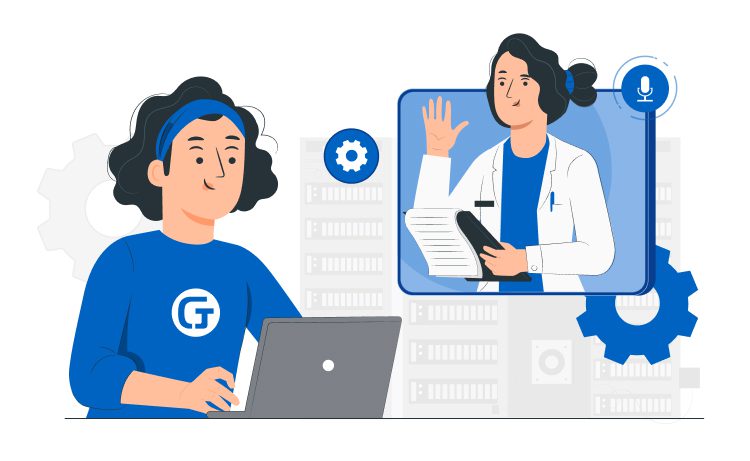
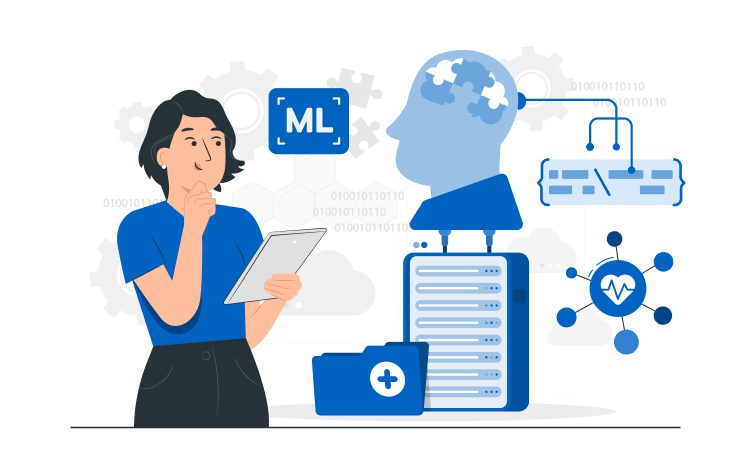
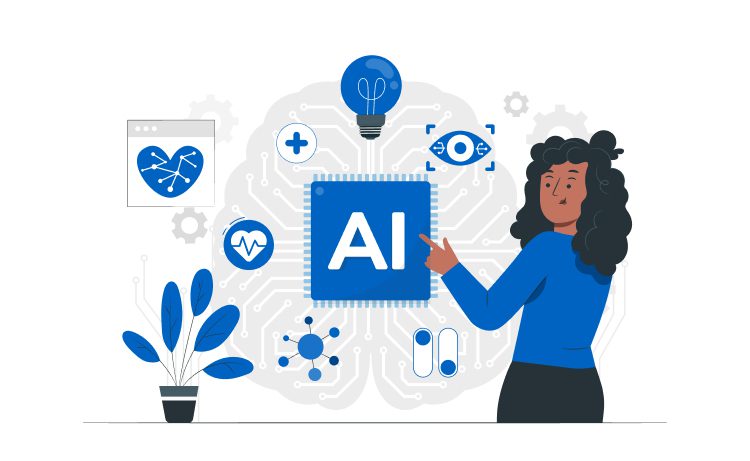
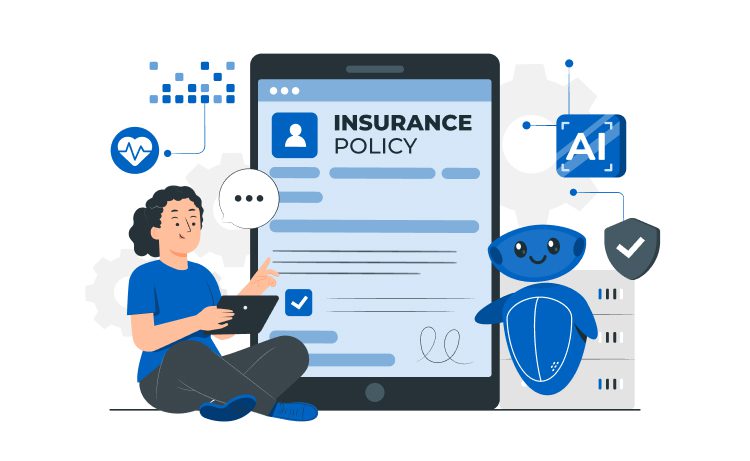
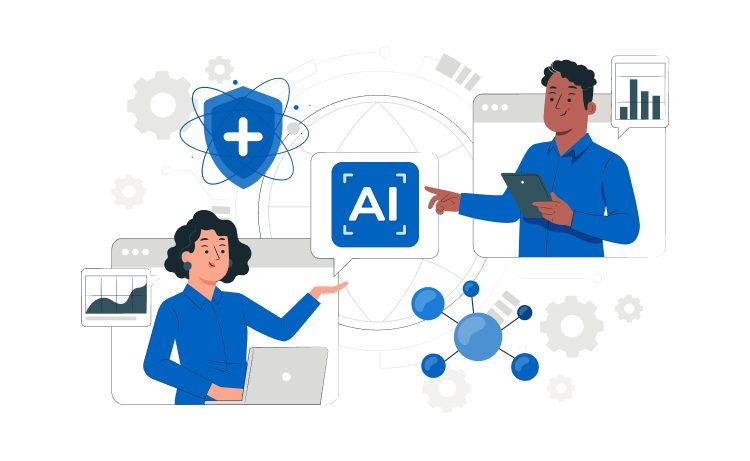
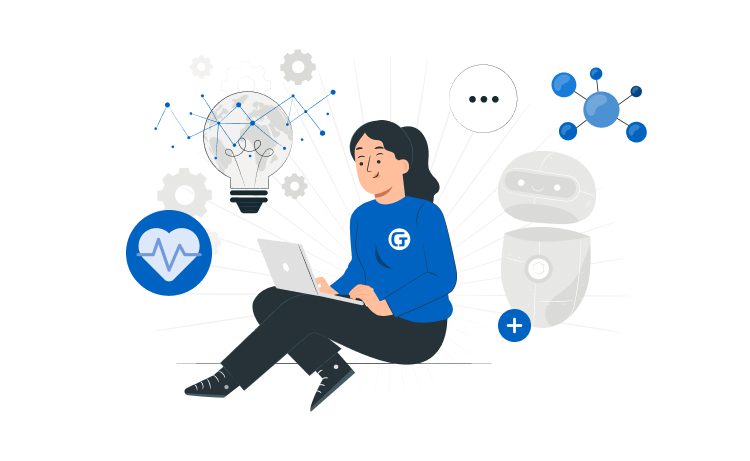

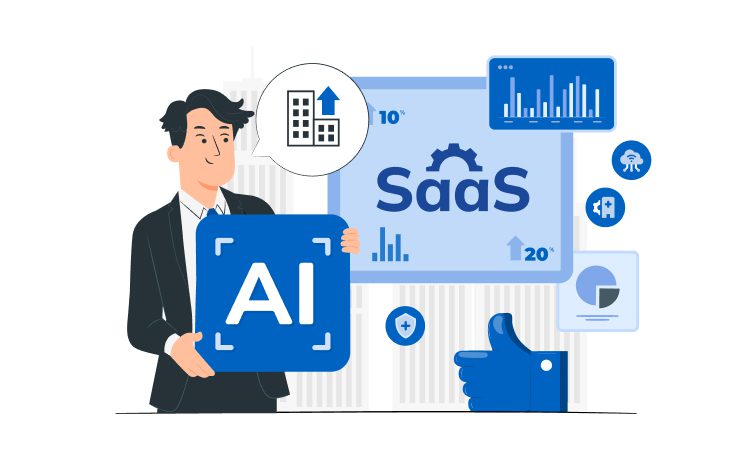
| Cookie | Duration | Description |
|---|---|---|
| cookielawinfo-checkbox-analytics | 11 months | This cookie is set by GDPR Cookie Consent plugin. The cookie is used to store the user consent for the cookies in the category "Analytics". |
| cookielawinfo-checkbox-functional | 11 months | The cookie is set by GDPR cookie consent to record the user consent for the cookies in the category "Functional". |
| cookielawinfo-checkbox-necessary | 11 months | This cookie is set by GDPR Cookie Consent plugin. The cookies is used to store the user consent for the cookies in the category "Necessary". |
| cookielawinfo-checkbox-others | 11 months | This cookie is set by GDPR Cookie Consent plugin. The cookie is used to store the user consent for the cookies in the category "Other. |
| cookielawinfo-checkbox-performance | 11 months | This cookie is set by GDPR Cookie Consent plugin. The cookie is used to store the user consent for the cookies in the category "Performance". |
| viewed_cookie_policy | 11 months | The cookie is set by the GDPR Cookie Consent plugin and is used to store whether or not user has consented to the use of cookies. It does not store any personal data. |